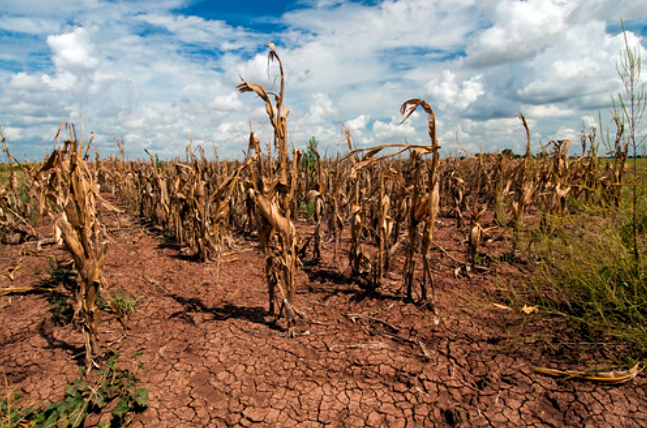Report: 25% of Global Population Faces Water Crisis
According to the Aqueduct Risk Atlas, published on Wednesday by the World's Resources Institute, 25% of the global population faces significant water scarcity and by 2050, another 1B people could experience the same.

Facts
- According to the Aqueduct Risk Atlas, published on Wednesday by the World's Resources Institute, 25% of the global population faces significant water scarcity and by 2050, another 1B people could experience the same.1
- Data shows that the 25 countries that house a quarter of the world's population are using more than 80% of their water supply annually and that the water demand has doubled since 1960. By 2050, water demand is expected to climb by 20-25%.2
- The study also suggests that at least 50% of the global population lives under "highly water-stressed conditions for at least one month of the year."3
- Of the 25 countries classified as under extreme water stress, Bahrain, Cyprus, Kuwait, Lebanon, and Oman are the worst impacted.4
- Water stress levels in the US and Europe appear to be static due to significant investments in technology and water use efficiencies. However, the seven states in the Colorado River basin in the US rank among the top 10 in the country facing high levels of water stress.1
Sources: 1CNN, 2The Guardian, 3World Resources Institute, and 4Sky News.
Narratives
- Narrative A, as provided by CNN. With the number of people facing water scarcity growing each year, the world is staring down a deadly crisis. The demand for water is skyrocketing and not just in rural communities but in cities and urban areas as well. Governments will have to start leveraging international coordination, flood and pollution control, and begin to share data and technology to increase efficiency as the demand continues to grow.
- Narrative B, as provided by National Geographic. Even though the demand for water is increasing, the bigger underlying threat is climate change. As the climate changes it will increase the risk of drought but some areas will see an increase in floods. Flood waters and runoff carry sediment, fertilizers, and other pollutants that clog waterways and lead to rare and unnatural events like significant algae blooms that render water useless for drinking, cooling off, and irrigation. Every individual has a role to play in tackling climate change as a root cause of the water crisis.






